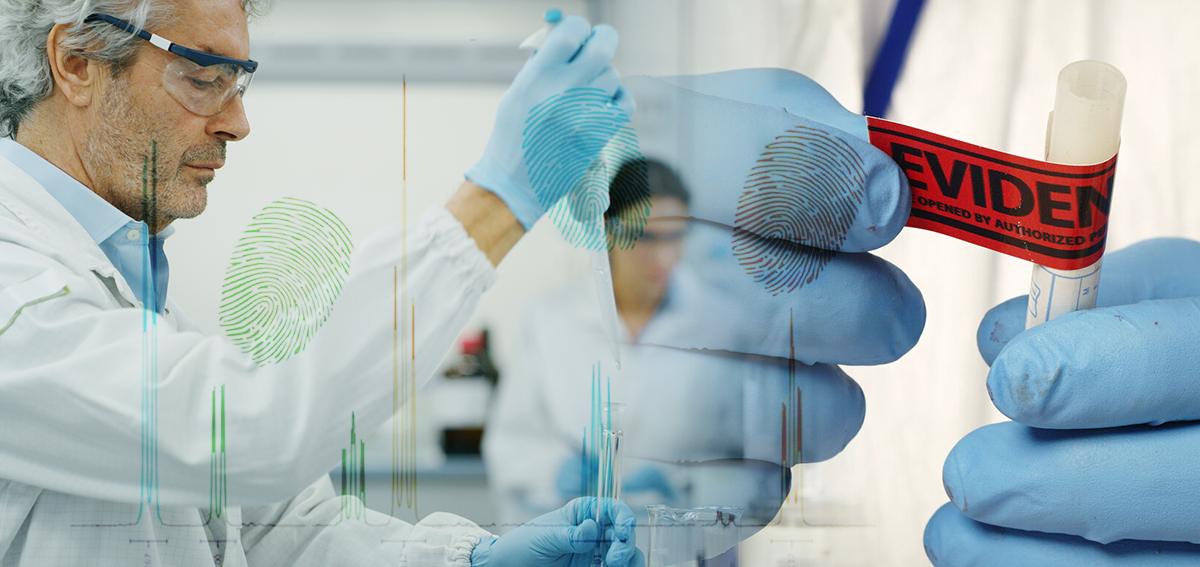

Intellectual Property
Why do we value intellectual property?
Patent expiration is a threat for pharmaceutical industry and an opportunity for generic companies. On average, the revenue of pharmaceutical drugs decrease by 90% 3 years after their patent expires. There are several approaches to line extension such as combination of drugs, new applications, dosage, a new isomer and a new solid form or formulation.
Strong intellectual property protection in the form of drug substance patents provide incentives for companies to make the long, costly investments that eventually lead to medical advances and fund future research.
Extra layers of protection can be added to a drug substance patent by applying a solid form patenting approach - either by inclusion of additional claims related to solid forms or filing additional solid form patents related to an initial drug substance patent. Here the term solid form refers to both crystalline (polymorphs, hydrates, solvates, salts, cocrystals,) and amorphous materials (amorphous drug substance, amorphous solid dispersions and co-amorphous). As solid form patents are typically filed after the initial drug substance patent, they additionally have the potential for a later expiration date.
The potential success of such a strategy is based on non-obviousness and novelty. For any compound it is impossible to predict, and thus not obvious, how many different solid forms exist or their properties. Furthermore, essentially every new solid form is novel by definition. As a consequence, virtually every new solid form is potentially a patentable entity.
Bruker is providing a comprehensive range of analytical systems for solid form characterization and thus for the definition of strong patent claims as well as subsequent protection of the patent. X-ray diffraction (XRD) data are generally considered essential to characterize claimed forms, often along with complementary Infrared (IR), Raman, and/or solid-state nuclear magnetic resonance (NMR) data for further characterization.
Bruker Solutions
Uniquely, XRD directly probes the molecular arrangement in solid forms. XRD is therefore the tool of choice for crystal structure analysis and related property characterization of any forms that may occur. XRD powder patterns and derived peak lists are fingerprints allowing to verify the polymorph identity of a given crystal form, whether as a single phase or within a mixture of other solid materials and to quantify its abundance in mixtures. XRD fingerprints also allow to determine the polymorphic purity of a given sample, and to quantify the abundances of different polymorphs. Consequently, XRD fingerprints are often considered a gold standard for characterizing solid materials and are commonly used for the definition of patent claims as well as for patent protection.
Solid-state NMR is a complementary technique that comes into play to resolve any potential doubts in solid form characterisation. It measures relaxation times to uniquely tell apart solid forms. Solid-state NMR is especially relevant when higher resolution is required or the analysis and quantification of amorphous form. Being a powerful information-rich technique, gives valuable structural information to increase the level confidence of your solid form characterisation for both drug substance and drug product.
Bruker high-end instrumentation sheds light on solid form, providing answers from multiple angles, through multiple techniques. Complete characterization and accurate quantification ensure quality, while securing your market rights. Millions are spent by drug originators and generics firms on intellectual property lawsuits dealing with solid form. When this happens, you want the best data in your hands!
Support
Service and Life Cycle Support
Bruker’s commitment to provide customers with unparalleled help throughout the buying cycle, from initial inquiry to evaluation, installation, and the lifetime of the instrument is now characterized by the LabScape service concept.
LabScape Maintenance Agreements, On-Site On-Demand and Enhance Your Lab are designed to offer a new approach to maintenance and service for the modern laboratory




